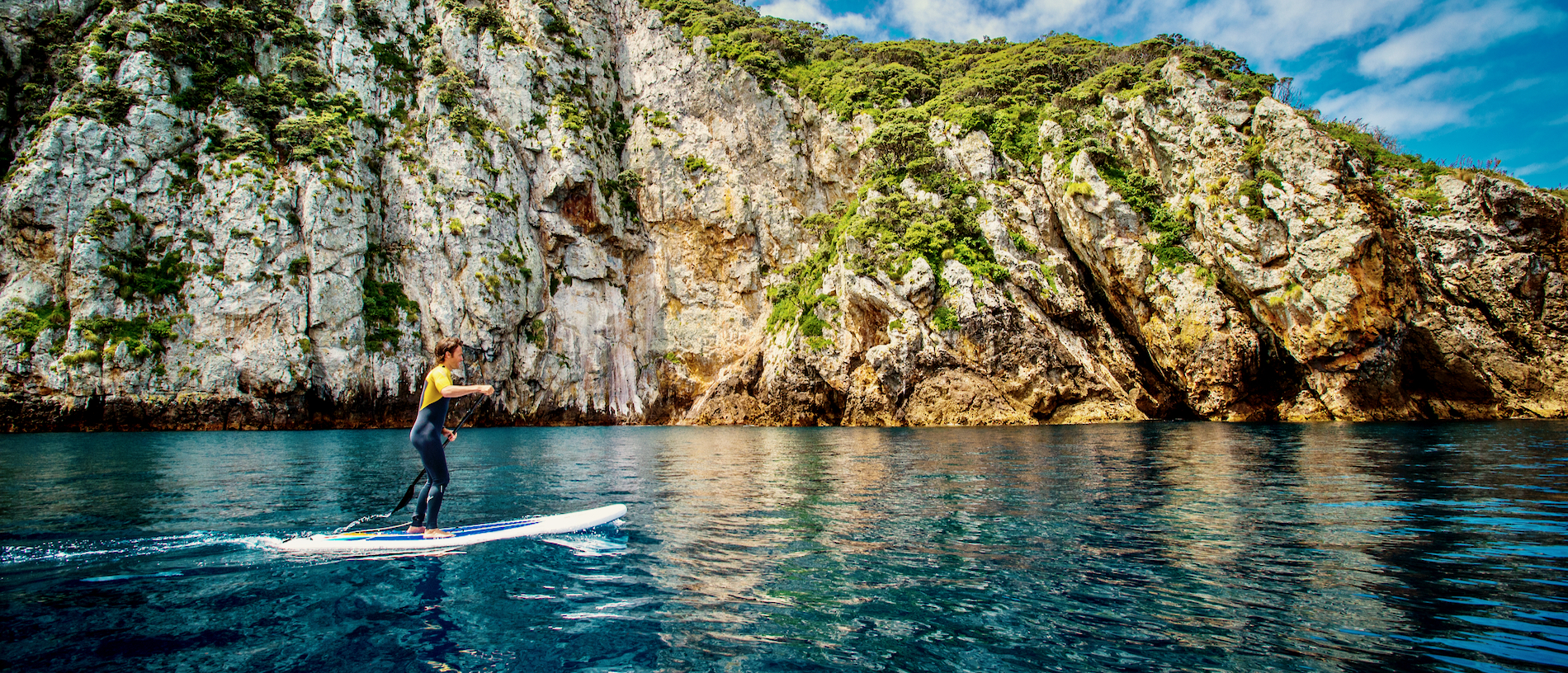
Our marine reserves: treasures under the sea
In essence, the very simple overriding edict for a marine reserve is no take. Nothing may be removed: not fish, not seaweed, not stones, not feathers or shells off the beach.
Westhaven, in the Nelson/Tasman region, is the first estuary in New Zealand to be protected by a combination of marine and wildlife reserve. The landscape is a rare combination of lush native coastal forest and tidal channels.
Westhaven contains a marine reserve in the southern third and a wildlife reserve over the remaining two-thirds. The reserve covers 536ha of tidal sandflats and channels within Whanganui Inlet, on the western coast of Golden Bay.

The area has always been important to Māori, both as a food basket and as a place to live. Sacred sites and evidence of previous occupation remain today.
In colonial times, the coastal forest around the inlet was clear felled and selectively logged, the flax milled and the land mined for coal and gold. Despite these intrusions, there is little permanent ecological damage and most catchments are covered with regenerating forest.
The estuary is an enclosed, drowned river valley about 13km long and 2–3km wide. As the tide enters the inlet, it divides into northeast and southwest channels before spilling out onto expansive intertidal sandflats, which dominate the estuary.
Seagrass beds, salt marshes, tidal wetlands, dunes, cliffs, islands, rock platforms, and underwater reefs are all found within the marine reserve.
About 30 species of marine fish use the inlet at some stage of their life cycle, and it is an important breeding and nursery area for snapper, flatfish, and kahawai. Many fish enter the estuary to take advantage of the rich food supply found in the seagrass beds and sandflats.

Whether the tide is in or out, the estuary has a natural beauty. Combined with coastal forest and tidal channels, it offers unique and breathtaking scenery.
Birdwatchers will see many waders and seabirds on the inlet and flying over farmland. In and around the forest are numerous other birds including pigeon, welcome swallow, bellbird and tūī. Some, such as kingfisher and banded rail, find their food in the inlet, but live in forest or wetland, demonstrating the importance of the remaining natural fringe around the inlet.
It’s also a great spot for kayaking, especially for exploring the more secretive tidal arms and channels which flank the inlet.